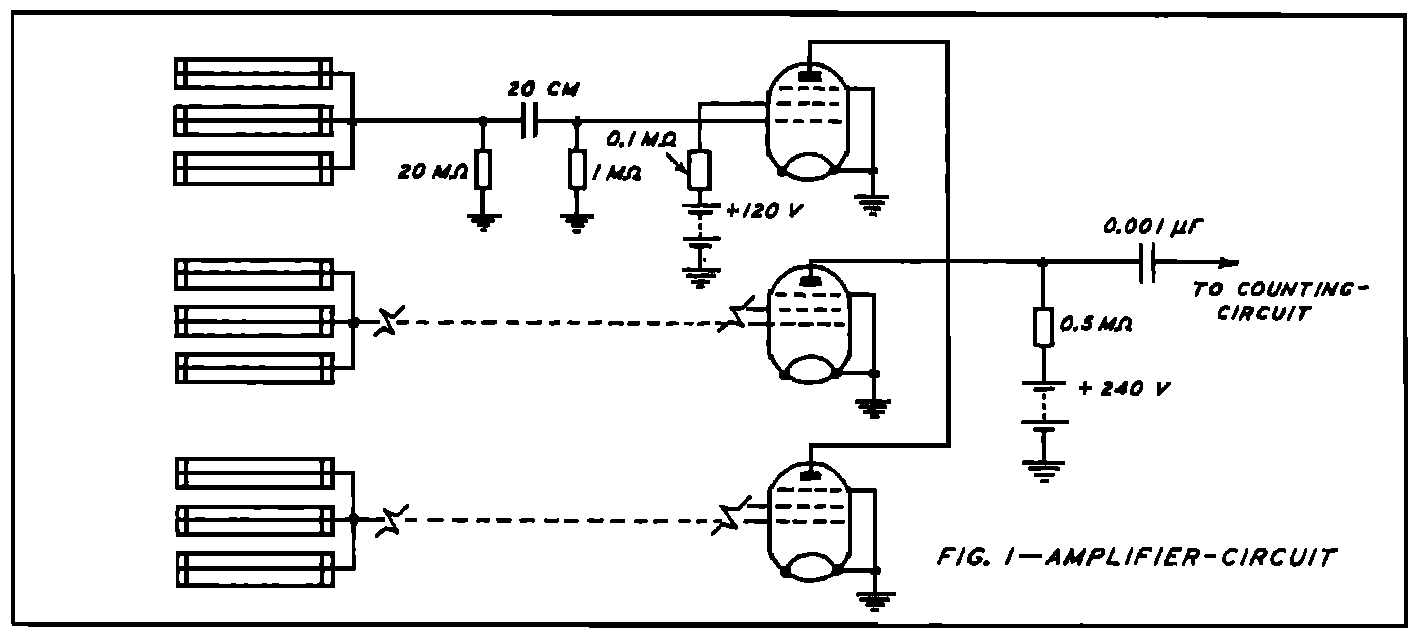Why make a detector like those of 80 years ago?
From the outset, the exhibition "In/Visibility. Arturo Duperier and cosmic rays" was planned to have a lively scientific content fully related to its theme. That is why Gustavo Martínez-Botella, a senior scientist at CIEMAT and member of the CTA collaboration, was commissioned to design and build a cosmic ray detector.
But why has a cosmic ray detector based on Geiger tubes, like those used in research some 80 years ago, been installed in the exhibition instead of a more modern and powerful one?
We were looking for a simple, inexpensive device that would show cosmic ray signals at a rate appropriate for a museum - one every few seconds - and produce enough quality data to do serious studies with them. A detector could have been built based on a much more advanced technology than the one chosen, for example, based on plastic scintillators and silicon photomultipliers, like the one in the CosmicWatch project (1). This, like our design, is relatively cheap and relatively easy to build. However, we opted for Geiger tubes (2) because, in addition to meeting our starting requirements, they have the rare and definite advantage of being very closely related to the objects and publications in the exhibition and, ultimately, to Arturo Duperier's work on cosmic rays.
Indeed, if we go to one of Duperier's most prominent papers (3) we can see that his "cosmic ray recorder" had a very similar structure, except that he used three trays of tubes and not two, recording only triple coincidences. This further reduces the accidental coincidence rate, but does not make a fundamental difference.

Fig. B4-1Schematic of a cosmic ray detector used by Arturo Duperier according to the reference (3)
(1) http://www.cosmicwatch.lns.mit.edu/
(2) he easiest Geiger tube detectors to build by an amateur: https://physicsopenlab.org/2016/01/02/cosmic-rays-coincidence/ https://iopscience.iop.org/article/10.1088/0031-9120/50/3/317/pdf https://citeseerx.ist.psu.edu/viewdoc/download?doi=10.1.1.739.4141&rep=rep1&type=pdf https://citeseerx.ist.psu.edu/viewdoc/download?doi=10.1.1.739.4141&rep=rep1&type=pdf https://www.hardhack.org.au/book/export/html/52
(3) Duperier, A. (1944). A new cosmic-ray recorder and the air-absorption and decay of particles. Terrestrial Magnetism and Atmospheric Electricity, 49(1), 1-7.

